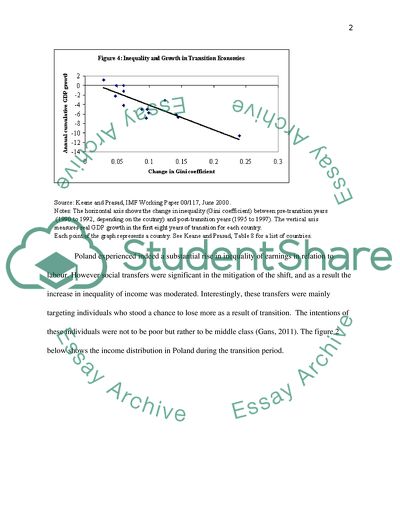Cite this document
(“Should Government be Minimised as much as Possible in the Emerging Essay”, n.d.)
Should Government be Minimised as much as Possible in the Emerging Essay. Retrieved from https://studentshare.org/macro-microeconomics/1687992-should-the-size-of-the-government-eg-public-spending-be-minimised-as-much-as-possible-in-the-emerging-markets-please-discuss-pros-and-cons-of-public-finance-downsizing-in-the-emerging-markets
Should Government be Minimised as much as Possible in the Emerging Essay. Retrieved from https://studentshare.org/macro-microeconomics/1687992-should-the-size-of-the-government-eg-public-spending-be-minimised-as-much-as-possible-in-the-emerging-markets-please-discuss-pros-and-cons-of-public-finance-downsizing-in-the-emerging-markets
(Should Government Be Minimised As Much As Possible in the Emerging Essay)
Should Government Be Minimised As Much As Possible in the Emerging Essay. https://studentshare.org/macro-microeconomics/1687992-should-the-size-of-the-government-eg-public-spending-be-minimised-as-much-as-possible-in-the-emerging-markets-please-discuss-pros-and-cons-of-public-finance-downsizing-in-the-emerging-markets.
Should Government Be Minimised As Much As Possible in the Emerging Essay. https://studentshare.org/macro-microeconomics/1687992-should-the-size-of-the-government-eg-public-spending-be-minimised-as-much-as-possible-in-the-emerging-markets-please-discuss-pros-and-cons-of-public-finance-downsizing-in-the-emerging-markets.
“Should Government Be Minimised As Much As Possible in the Emerging Essay”, n.d. https://studentshare.org/macro-microeconomics/1687992-should-the-size-of-the-government-eg-public-spending-be-minimised-as-much-as-possible-in-the-emerging-markets-please-discuss-pros-and-cons-of-public-finance-downsizing-in-the-emerging-markets.


